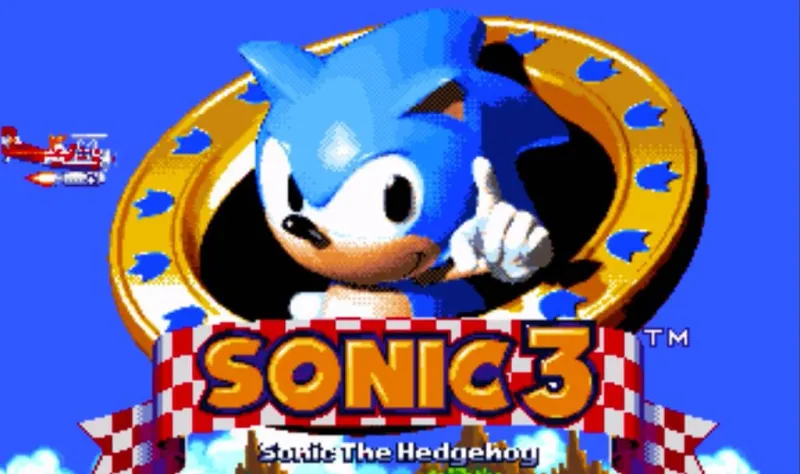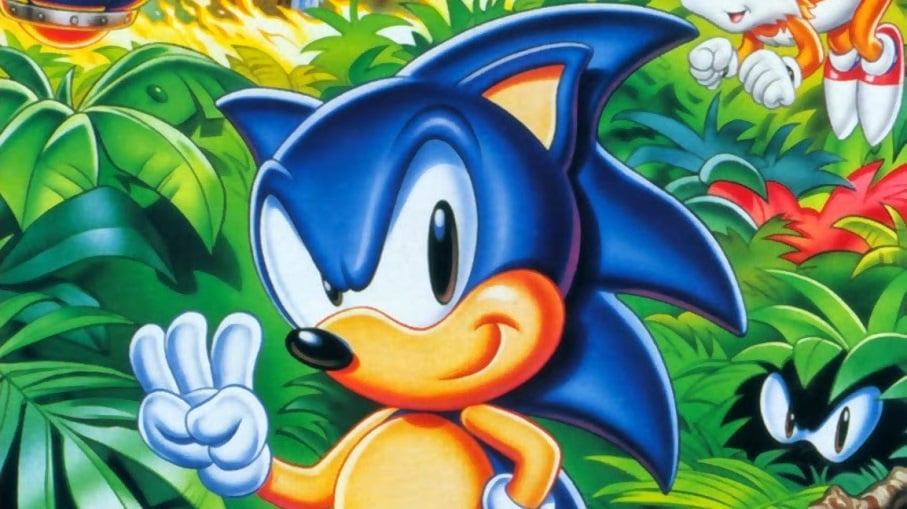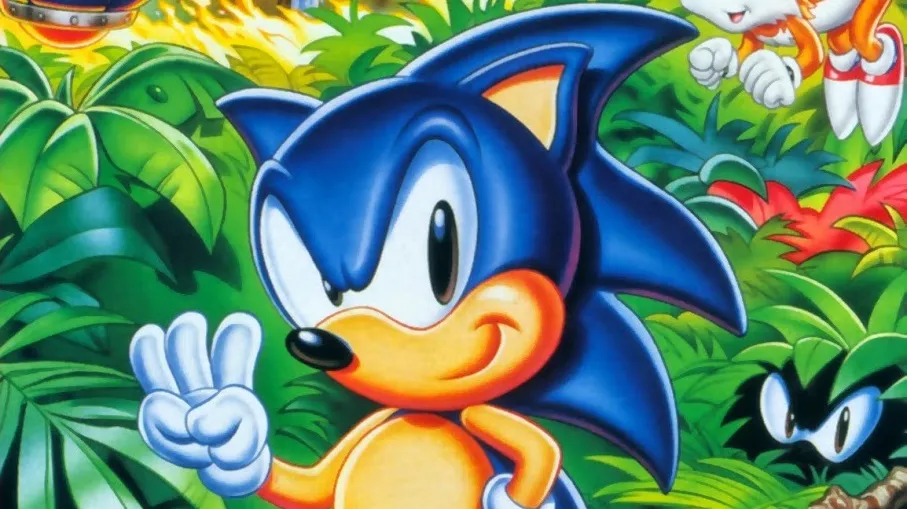

Our extra-large special edition is here. Subscribe today and receive the 25% longer issue at no extra cost!


When Sega was in the hardware business, its stable of developers enjoyed luxuries like having an intimate familiarity with the hardware and only developing for one console. In addition, during Sega's tenure as a platform holder, developers could petition for hardware changes to assist development.
"When Sega stopped making hardware, things really changed in development," says Sonic Team head Takashi Iizuka. "For everyone in Sega making software, we were pretty used to and found a lot of upside in being able to be on our own hardware. If we had requests for our software, we went to our hardware team and said, 'Look, I'm making a game like this, I need this to happen. Make it happen.'"
In the late 1990s, developers approached Sega's hardware team about adding a second screen to the controllers that allowed for minigames on the go. The result was the Visual Memory Unit for the Sega Dreamcast. However, this wasn't the first time developers approached the hardware team for support.
In 1993, the team was in the process of developing the follow-up for Sonic the Hedgehog 2 with lofty ambitions. "We did 1 and 2, but the plan going forward to 3 was that we really wanted to hit a home run," Iizuka says. "We wanted bigger maps multiple times larger than Sonic 2, but we also wanted to have more maps; we were having more maps that were also bigger and take more time to develop."
Unfortunately, as development continued, it quickly became apparent the game was too ambitious. Making these larger stages took longer than the team thought, and several factors came into play to change the course of Sonic the Hedgehog 3's development.

The first hurdle the team had to overcome, according to Iizuka, was a commitment that Sega had made to have a game out to coincide with a McDonald's promotion. In addition to that, Sega was quickly discovering the technology to support its large next game was not in place yet.
"The cartridge sizes were limited in space, so we were finding out that not only did we have these obligations to get the content out at a certain time, but we also couldn't get this massive game that we wanted to make onto the space that the cart would allow," Iizuka says.
Sonic Team reluctantly cut the game in half to satisfy these requirements, but the developers didn't want the resulting two games to feel like two distinct experiences. The team brainstormed ways to make two separate cartridges feel like one seamless experience.
They went to the hardware division and explained the situation. The result was to have the Sonic & Knuckles cartridge feature a slot where you could stack Sonic the Hedgehog 3 to link the two games and make one long adventure as the developers originally intended. Thus, lock-on technology was born.
Unfortunately, advantages such as these were lost when Sega discontinued the Dreamcast in 2001 and became a third-party developer. "Being able to make those requests to the people making the hardware that is going to be running our software was something huge that we were able to do, and when that was taken away, it was like, 'I can't control the hardware anymore! I now have to make my games within the constraints of whatever the hardware manufacturer is doing,'" Iizuka says.
Regardless of this challenge, Iizuka and his team remained optimistic about the leap to reaching a broader audience – an attitude that carries over into today as Sonic's exclusivity with Nintendo platforms expires in time for Sega to publish titles like Sonic Mania and the untitled Project 2017 in the coming year.
For more on the Sonic the Hedgehog franchise, check out other recent stories:

Explore your favorite games in premium print format, delivered to your door.